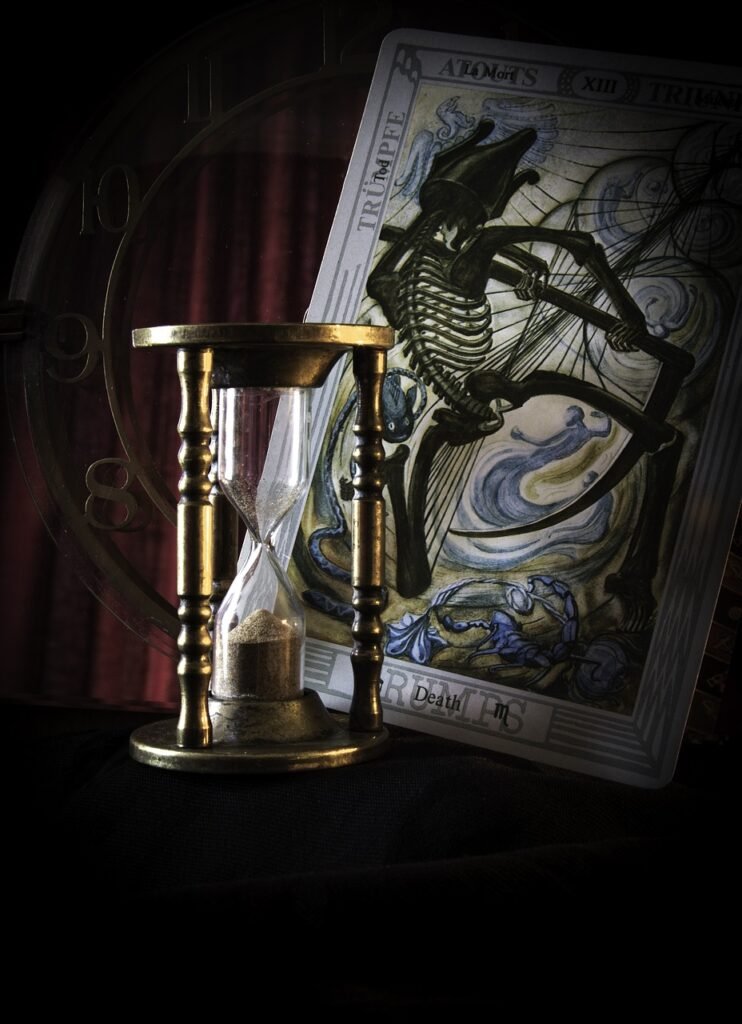What is Tarot?
Tarot cards have fascinated humanity for centuries, with their mysterious imagery and intriguing symbolism. Originating in the 15th century as playing cards in Europe, tarot has evolved into a tool for divination and personal insight. Today, tarot readings are popular worldwide, offering guidance and reflections on past, present, and future events.
The Structure and Significance of Tarot Cards
Tarot decks are typically composed of 78 cards, divided into the Major Arcana and Minor Arcana. The 22 Major Arcana cards represent significant life lessons and karmic influences, featuring archetypes like The Fool, The Lovers, and Death. The 56 Minor Arcana cards are akin to a traditional deck of playing cards but are rich in symbolism relating to daily life.
Using Tarot Cards: Methods and Practices
In a tarot reading, various card spreads can be used, each serving a different purpose. The simplest is the three-card spread representing past, present, and future. More complex spreads like the Celtic Cross can provide deeper insights. Intuition plays a key role in interpreting the cards, making each reading a unique experience.

Tarot in Culture and Society
The allure of tarot extends beyond the mystical world. Its impact on art, literature, and media is profound, often symbolizing the journey of self-discovery. However, tarot also faces misunderstandings, with many mistaking it for fortune-telling or dark magic, whereas most practitioners view tarot as a tool for introspection and guidance.
The Role of Tarot in Personal Development
Choosing and Caring for Your Tarot Deck
The Future of Tarot: Trends and Digitalization
The Enduring Appeal of Tarot
The enduring appeal of tarot lies in its complexity and versatility. Whether used for personal insight, artistic inspiration, or spiritual guidance, tarot continues to captivate and intrigue people from all walks of life. Its rich symbolism and capacity for reflection ensure that tarot will remain a cherished practice for years to come.
